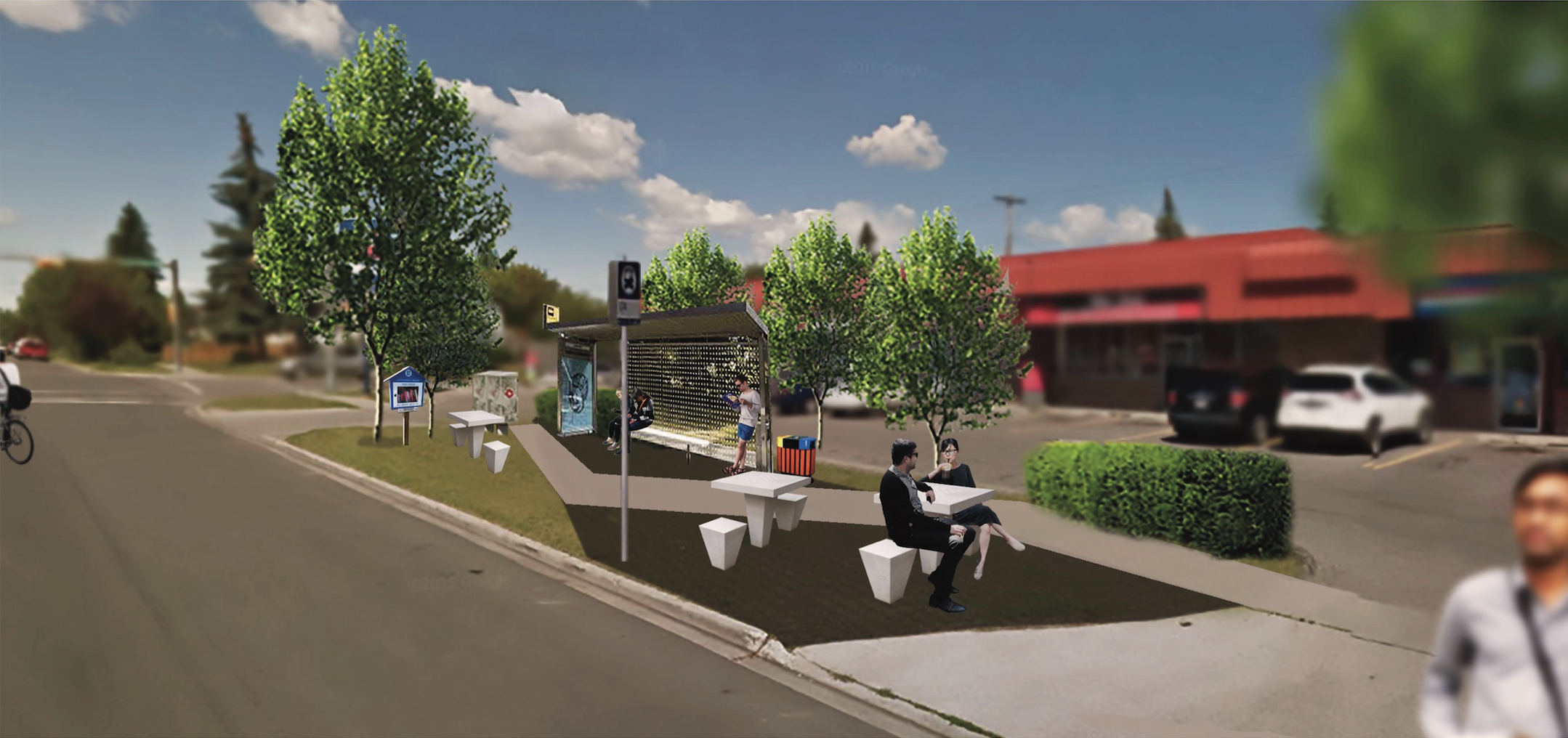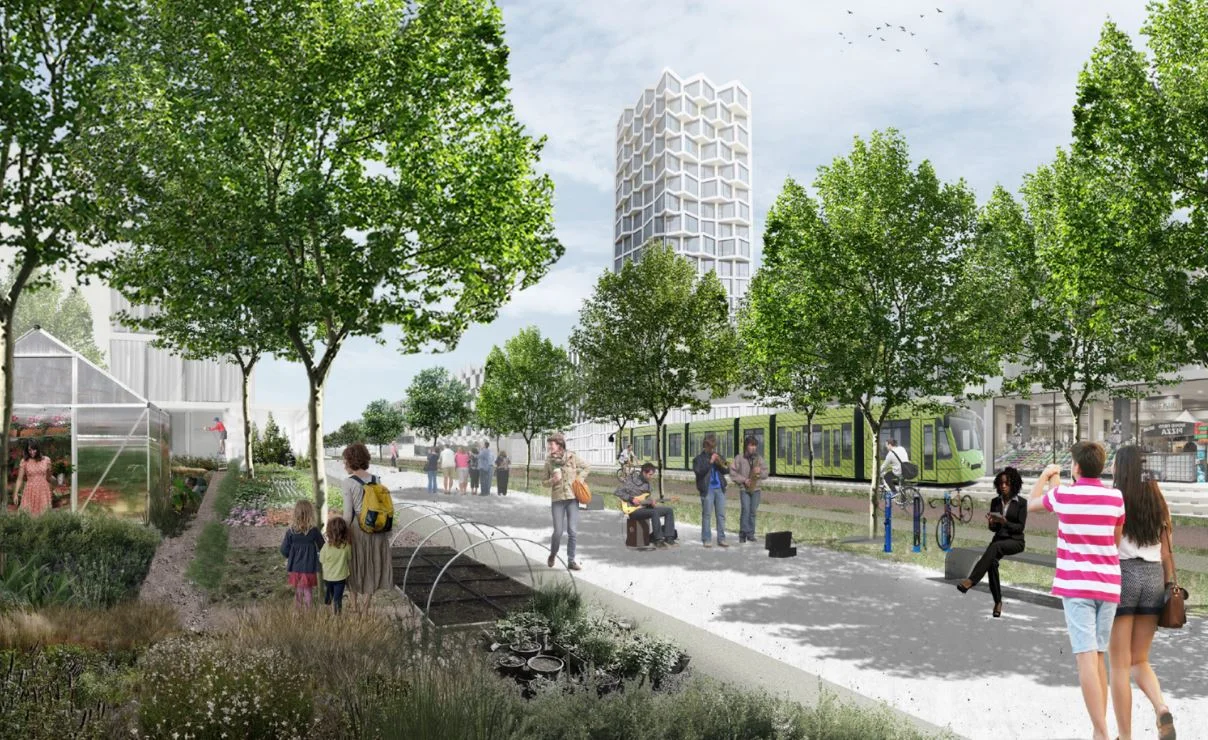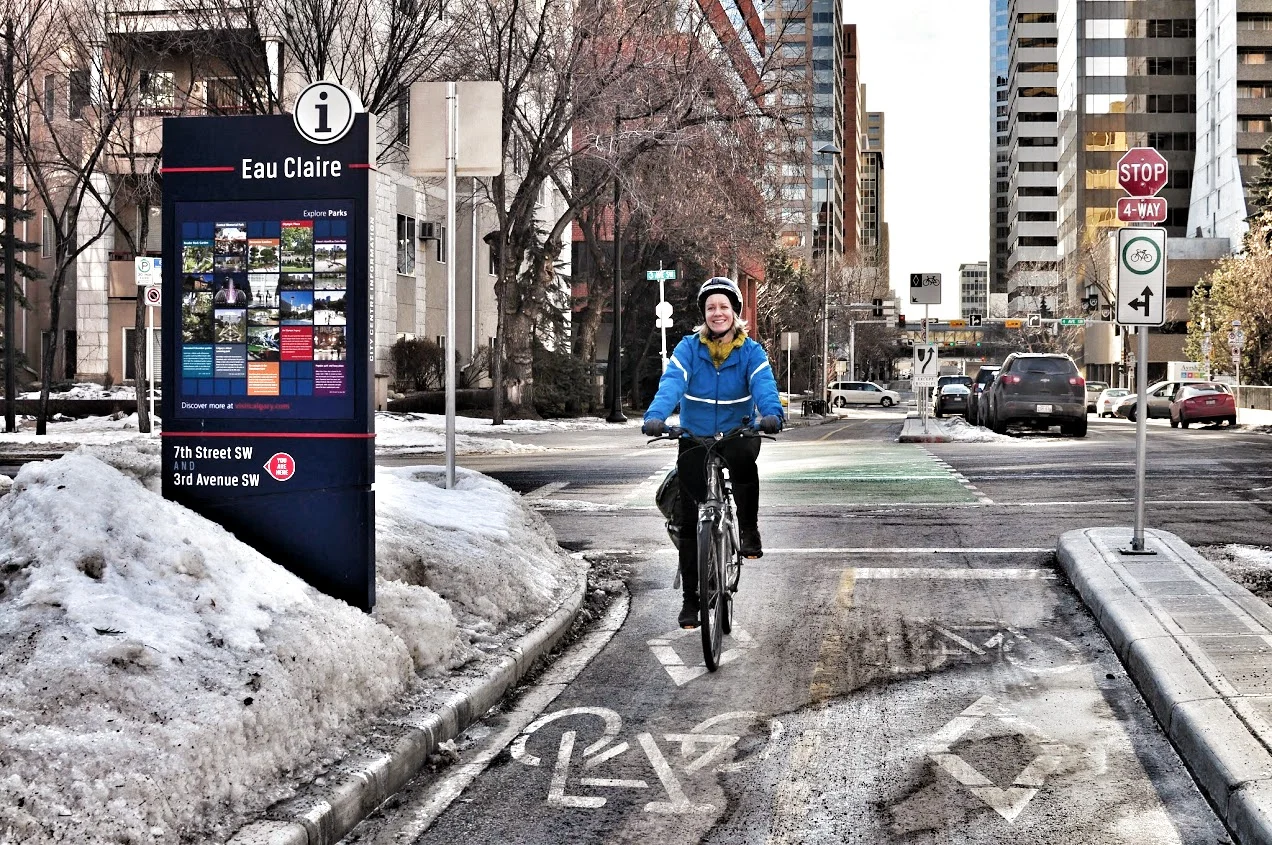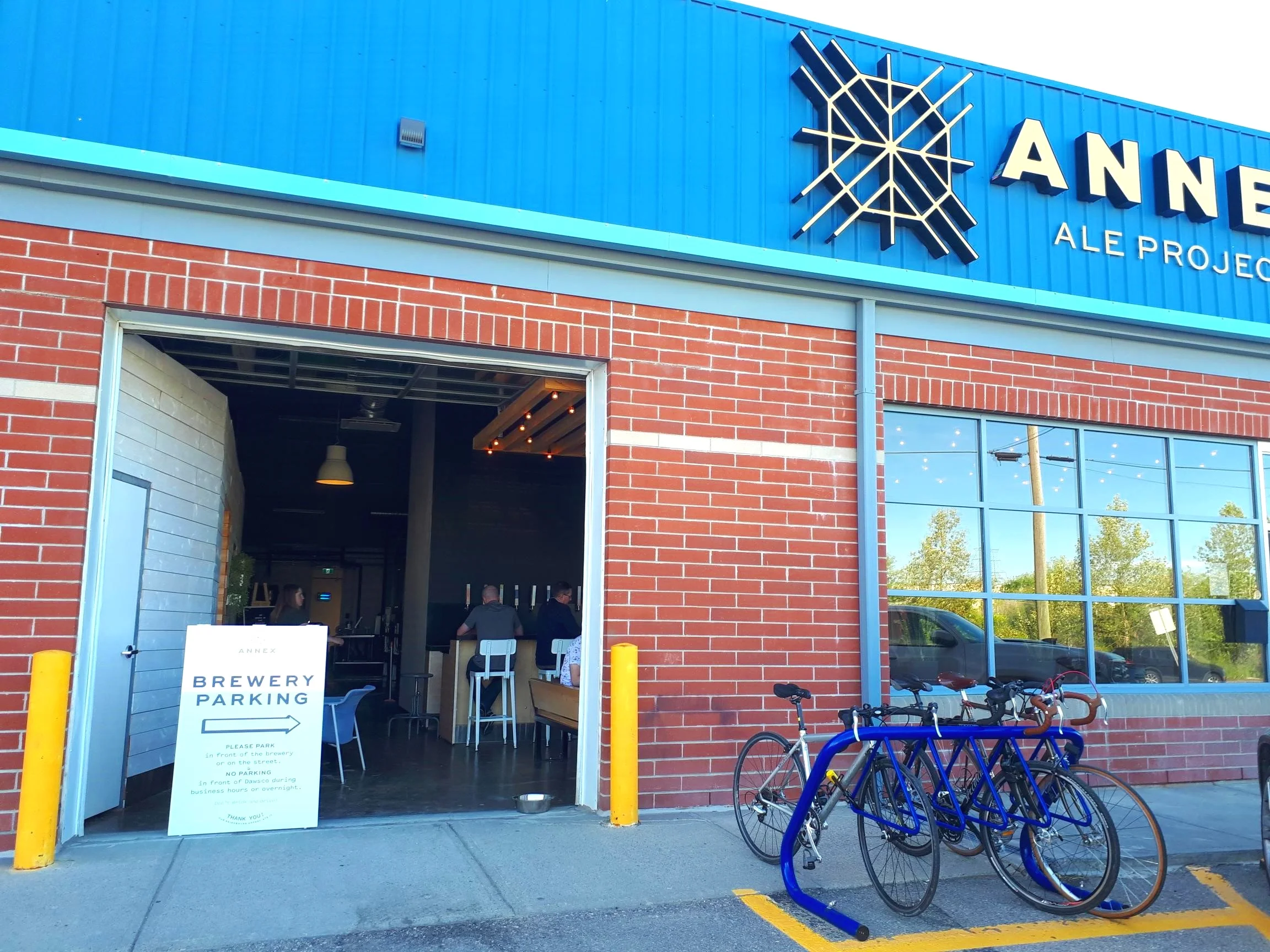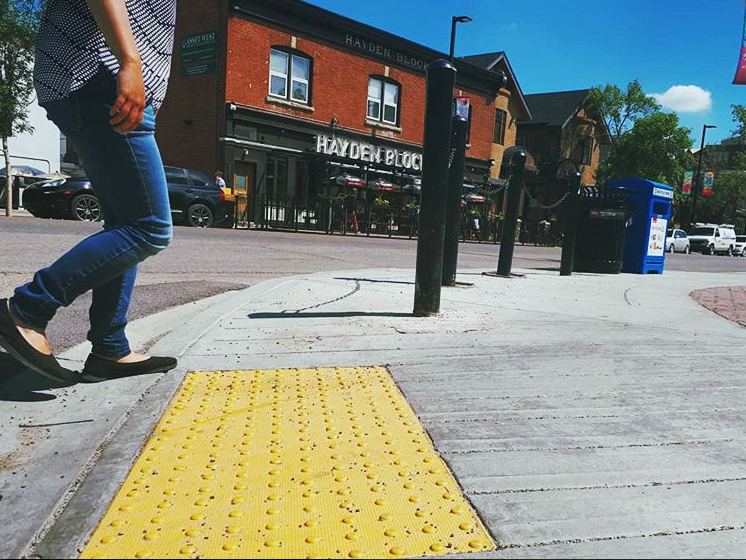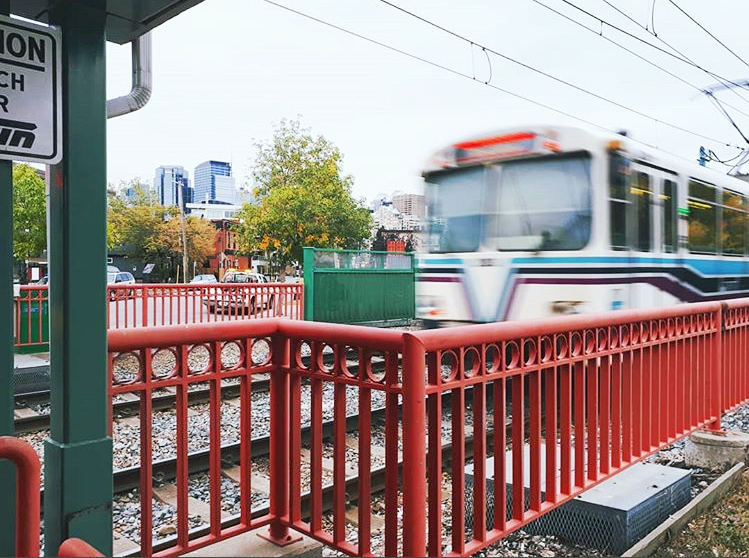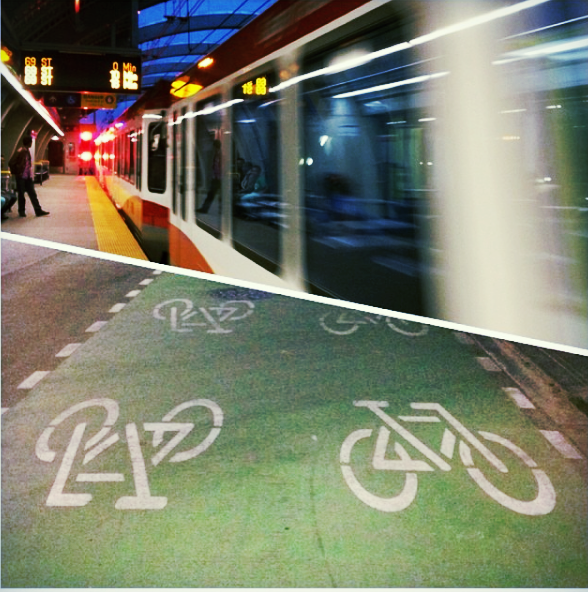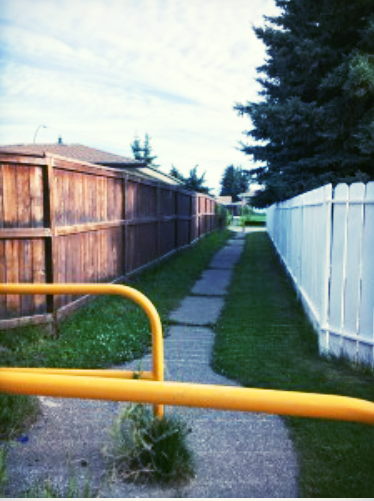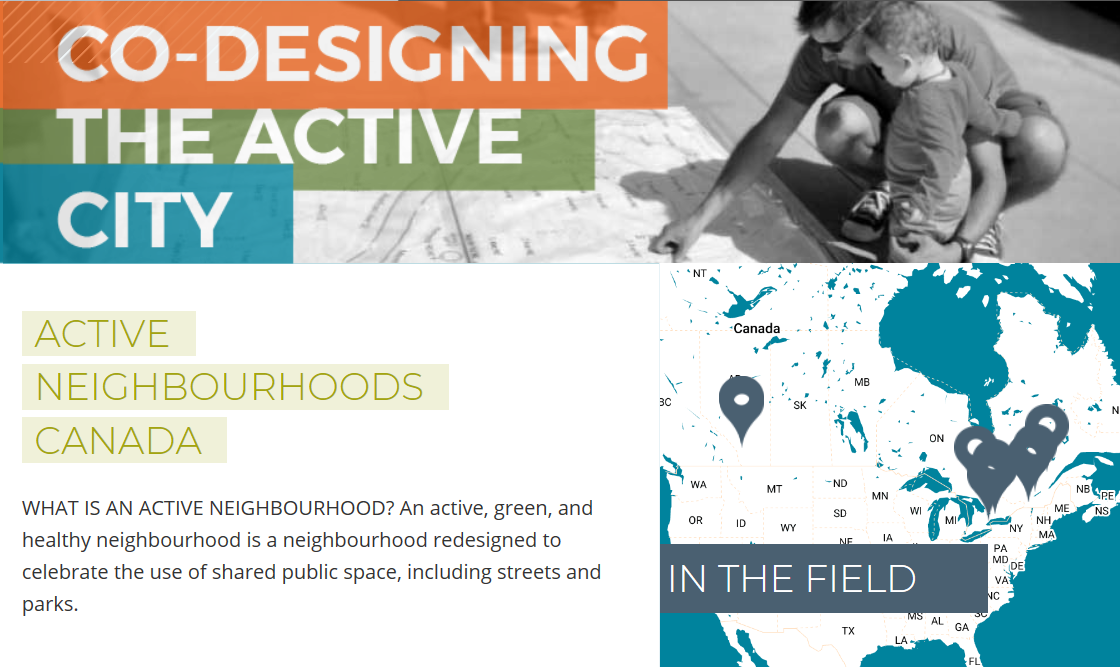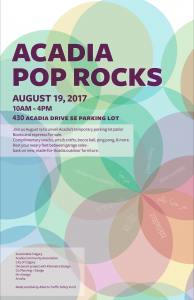OUR WORK - PROGRAMME
The Active Neighbourhoods Canada (ANC) program supports walking, cycling and vibrant streets through community-led and professionally designed pilot projects in Alberta, Ontario and Quebec, using what we call a “co-design” approach. The aim is to make positive built environment changes that will lead to behaviour change and to bring about change in professional practice and public policy. Check out our national work and co-design tools at participatoryplanning.ca.
Locally, co-design has resulted in built projects in each community we’ve worked in in different ways: working with municipalities to incorporate them into their capital projects (eg. High River’s 12th Avenue); leveraging additional funding for temporary prototypes (eg. Acadia Pop Rocks); or communities developing their own partnerships and funds (eg. Bridgeland’s 4th Avenue Flyover).
Anchored by the art installation titled “While We Wait" by Blank Page Studio, Destination Marlborough is rooted in design schemes chosen by the community.
A publication and conversation series on how policy can promote healthy design.
Local citizens and professional designers team up to co-create healthier neighbourhoods.
How can existing pathways improve pedestrian networks? Enter Catwalks. Found in 134 communities in YYC, these often neglected spaces connect people to parks, schools and transit.
Co-designing for the “regional” and “commuter” scales with Acadia, Haysboro, Fairview, Kingsland, Willow Ridge and Southwood.
Are we designing our communities for health equity? Original research investigates.
Can a parking lot be a park? A market? A concert venue? A shared space? A flood management tool? An oasis from the heat island effect? We think so!
Prototypes Acadia’s top-voted Design Scheme! Features designed-for-Acadia furniture, espresso, pop-up bookstore, bocce ball, ping pong, board games, arts & crafts, snacks, and simple traffic calming.
The pre-cursors to pie: planters and seating created with strawberries and rhubarb in mind. Project of O2 Planning + Design and YRK YPK for SustainableYYC and community of Acadia.
Everyone’s invited! 26-foot slabs of Douglas Fir are held together by locally welded steel brackets. ‘Made for you with love’ by the bench project and Keith Simmons for the community of Acadia.
A photo essay by John Campbell and Roxanne LeBlanc spark questions about our next moves as a city. They set out on bicycles to photograph Calgarians as they found them, in the era of COVID-19.
For many people access to the world at large, and sometimes even their own neighbourhoods, isn’t always easy. We asked Cal Schuler to tour a neighbourhood with us and share his expertise.
By Deepak Dayal. There is much to be done to understand the causal relationships between urban development and mental illness, but urban planning is an important tool and could buffer the effects of poor mental health.
The Active Neighbourhoods Canada network is proud to unveil our new platform, which reports on the impact we’ve had over the last decade in 24 Canadian neighbourhoods,
By Celia Lee. A robust and affordable transit system is where social good, environmental good and fiscal conservativism meet.
By Katie Lore. The reality is that altering the built environment is more effective than retrofitting buildings or incentivizing electric vehicles - but are our federal parties talking about it?
People who are already cycling continue to cycle through life’s transitions: new job, new house, new baby.
“Building healthy and equitable places is not just possible, but attractive and cost-effective.”
“Obesity rates have tripled in less than 30 years in Canada.”
“People should consider how their current and future residential neighbourhoods potentially influence their health in the short and long term.”
“A high number of collisions may be an indicator that the street wasn’t built for pedestrians.”
cost benefit analysis and the role it plays with funding active transportation in Calgary’s Barley Belt and Manchester community









































